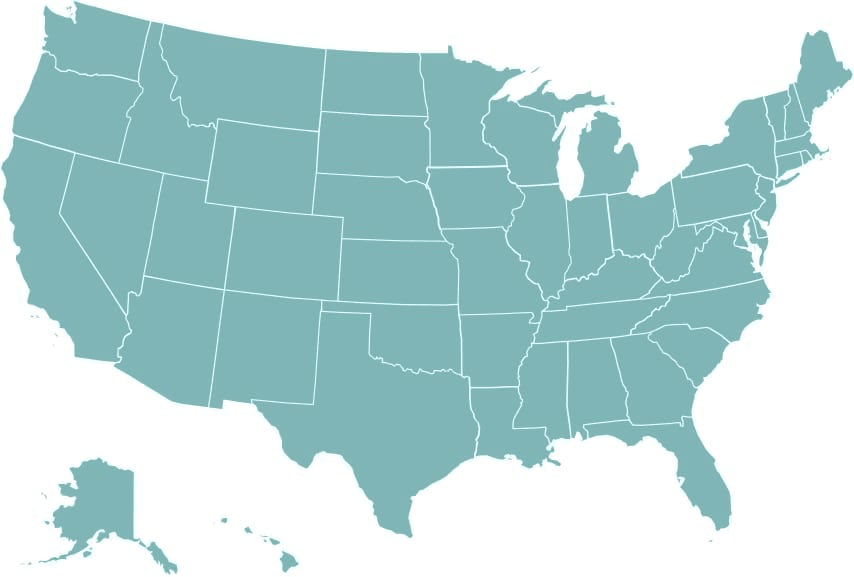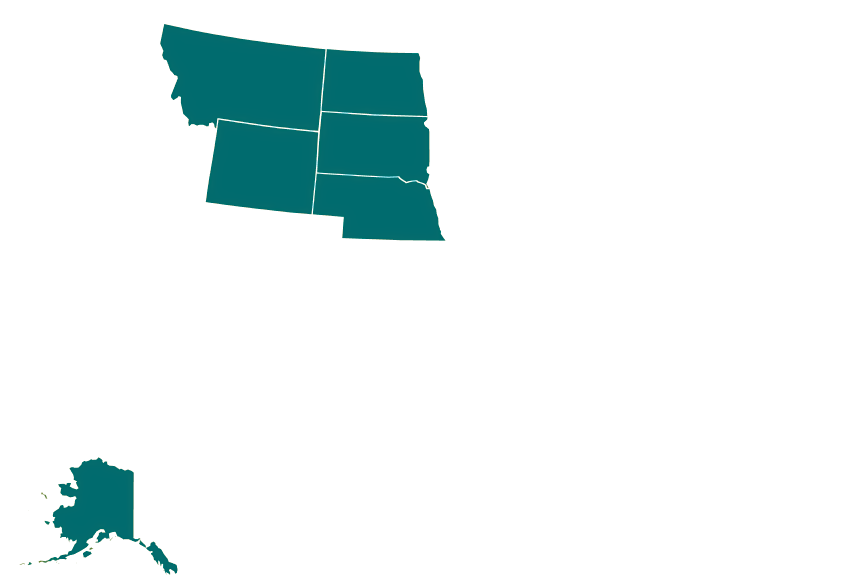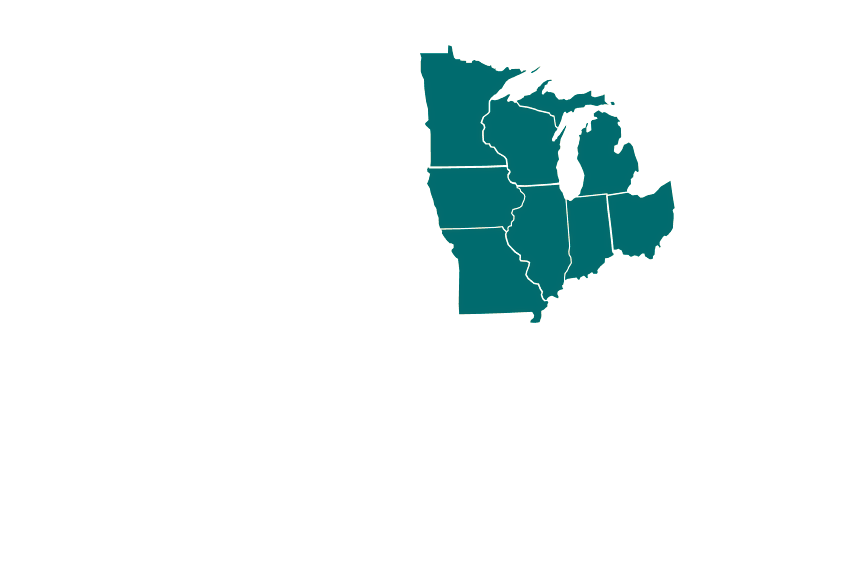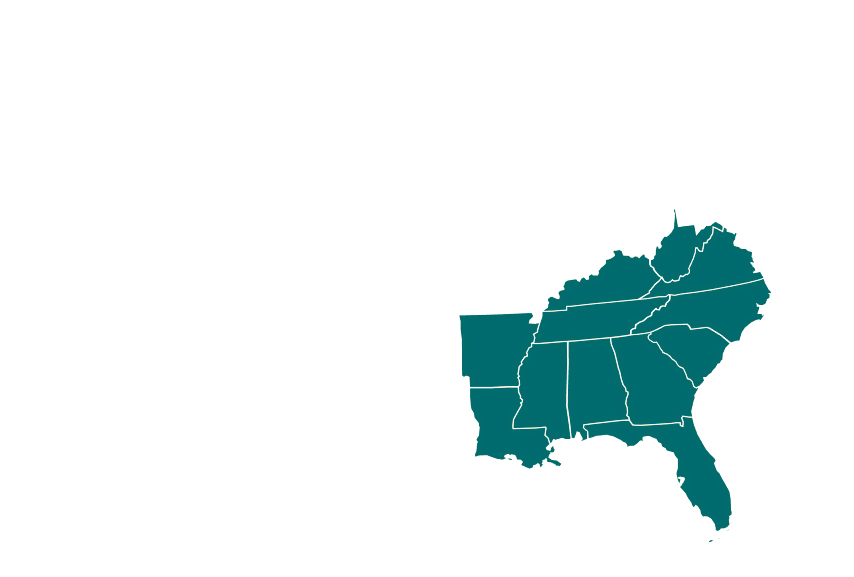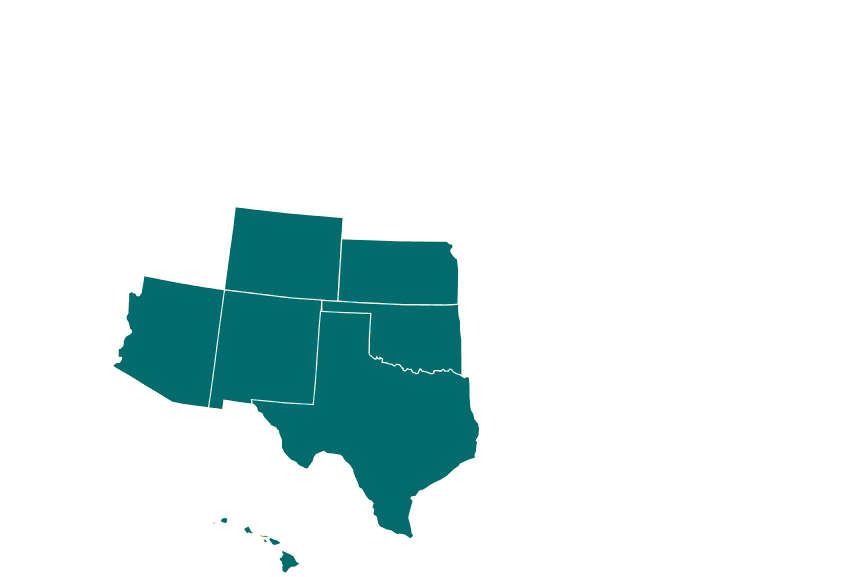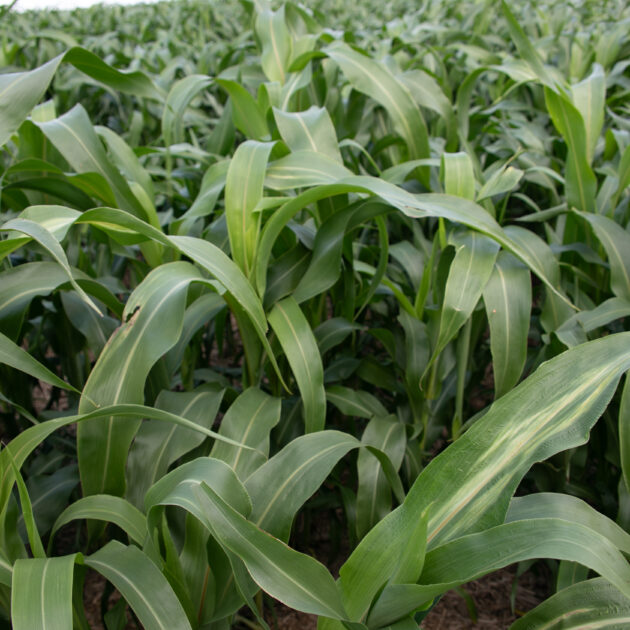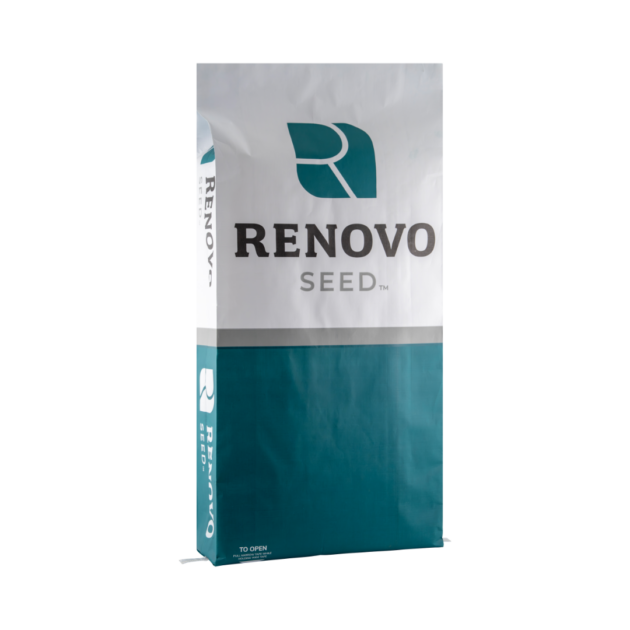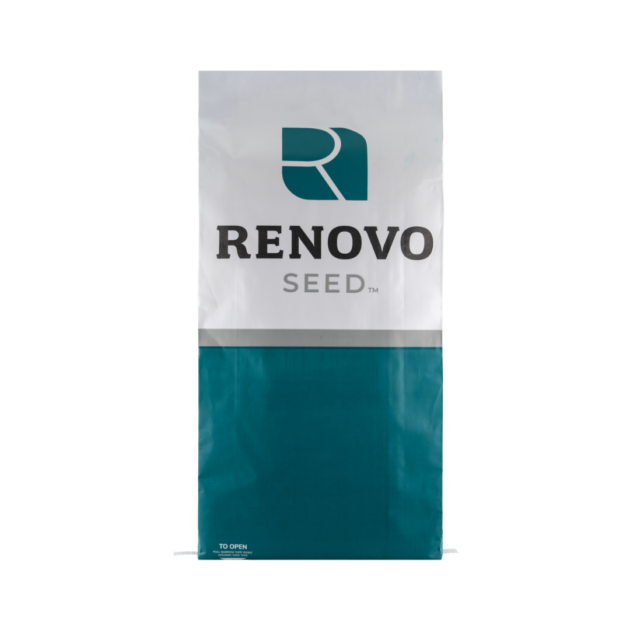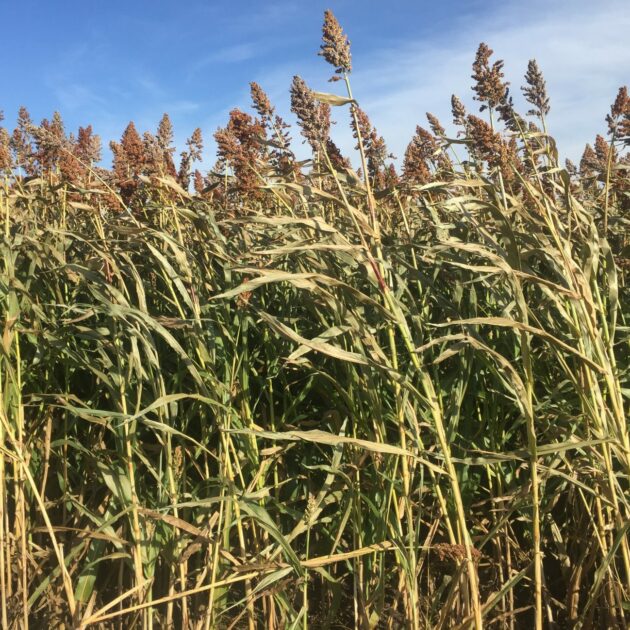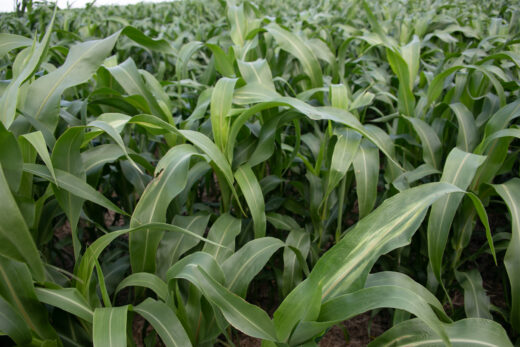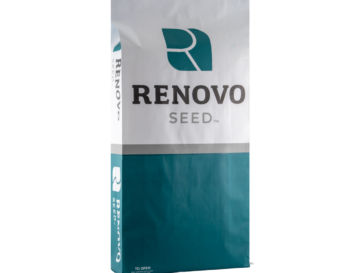SorMax 85 BMR Forage Sorghum
$112.50
Need some help? Contact us.
Description
Forage sorghum is a warm-season annual grass closely related to grain sorghum but bred for its impressive overall biomass and dry matter yield. SorMax 85 BMR Forage Sorghum can reach heights of over 10 feet at full maturity. SorMax 85 BMR forage sorghum does not regrow well following cutting and is commonly used as a single harvest silage crop. It will display better drought and heat tolerance than corn and can outperform corn in terms of dry matter yield in a limited moisture environment. It is used throughout the U.S. and performs best on well-drained soils and will not do well in flooding or standing water conditions. It is a high-yielding forage sorghum that displays the brown midrib gene and maintains excellent standability. The BMR gene lowers lignin levels in the plant, which results in more digestible fiber and higher feed value in BMR varieties compared to non-BMR types.
Seeding Depth: 1″
Dryland Seeding Rate | 8-10 lbs/acre
Irrigated Seeding Rate | 10-15 lbs/acre
Product Guide
Agronomic Information
| BMR | Yes |
| Standability | 5 |
| Tillering & Regrowth | 2 |
| Harvest Method | Silage |
| Days to Harvest | 80-90 |
Planting
- Seeding Depth: 1″
- Dryland Seeding Rate: 8-10 lbs/acre
- Irrigated Seeding Rate: 10-15 lbs/acre
Fertility
- Forage sorghum requires approximately 28 lbs of N, 8 lbs of P₂O₅, 42 lbs of K₂O, and 6 lbs of S per ton of forage produced.
- Make fertilizer applications based on expected yield and soil fertility levels.
- Apply ½ rate of nitrogen before or immediately after planting, and the other ½ rate 30 days after emergence.
- Do not exceed a total of 10 lbs/a of N+K if fertilizer is placed in-furrow at planting.
Weed Control
Plant into a clean, weed-free seed bed and use the herbicide options below for optimal weed control:
| Timing | Herbicide | Rate | Notes | Weeds Controlled | Control Method |
| Preplant or Preemergence | Atrazine 4L (Atrazine) | 3.2-4 pts/a | Apply within 2 weeks prior to planting, or after planting but before crop emergence. | Broadleaves | Contact & Residual |
| Glyphosate** | 32 oz/a | Apply any time before crop emergence. | Grasses & Broadleaves | Contact | |
| Postemergence | 2,4-D Amine (2,4-D) | .67-1 pt/a | Apply when crop is 5 to 12″ tall. Use drop nozzles if crop is 8″ or taller. | Broadleaves | Contact |
| Starane NXT (Fluroxypyr + Bromoxynil) | 21 oz/a | Apply from 4- leaf stage through 7- leaf stage | Broadleaves | Contact | |
| Starane Ultra (Fluroxypr) | 0.3-0.4 pts/a | Apply from 3-leaf stage through the 7-leaf stage. | Broadleaves | Contact | |
| Broclean (Bromoxynil) | 1-1.5 pts/a | Apply from 4-leaf stage and prior to preboot stage | Broadleaves | Contact | |
| Huskie (Pryasulfotole + Bromoxynil) | 12.8-16 oz/a | Apply between the 3-leaf stage and prior to flag leaf emergence | Broadleaves | Contact |
*Always read and follow label instructions before making an application.
**Different glyphosate products may have different application rates. Refer to the label before making an application.
Disclaimer: All products and rates were provided by university-based sources and product labels. Always follow label instructions and consult your local chemical dealer and seed dealer before making any applications or planting of seed.
Harvest Management
- Forage sorghum should be cut for silage when the seedheads have reached the mid-dough stage of maturity.
- If a killing frost is received before this point, growth will stop and sorghum should be cut as it begins to wilt in the field.
- It can be direct chopped or swathed and wilted before chopping depending on harvest time and target moisture
- Nitrates: Forage sorghum can accumulate nitrates if stressed to the point of stunted growth, but when harvested for silage the ensiling process breaks down nitrates to safe levels for livestock.
- Prussic Acid: Forage Sorghum plants can accumulate prussic acid after a killing frost, but prussic acid escapes from the plant after several days. If harvested for silage after a frost, prussic acid escapes from the feed as a gas which makes sorghum silage very safe for livestock.
Multiple Regions
Every acre is different and our goal is to help you know what works best in your area. This 'Growing Regions' section showcases where this species works best. If you have any questions on product placement, feel free to contact our experts and we will help!
